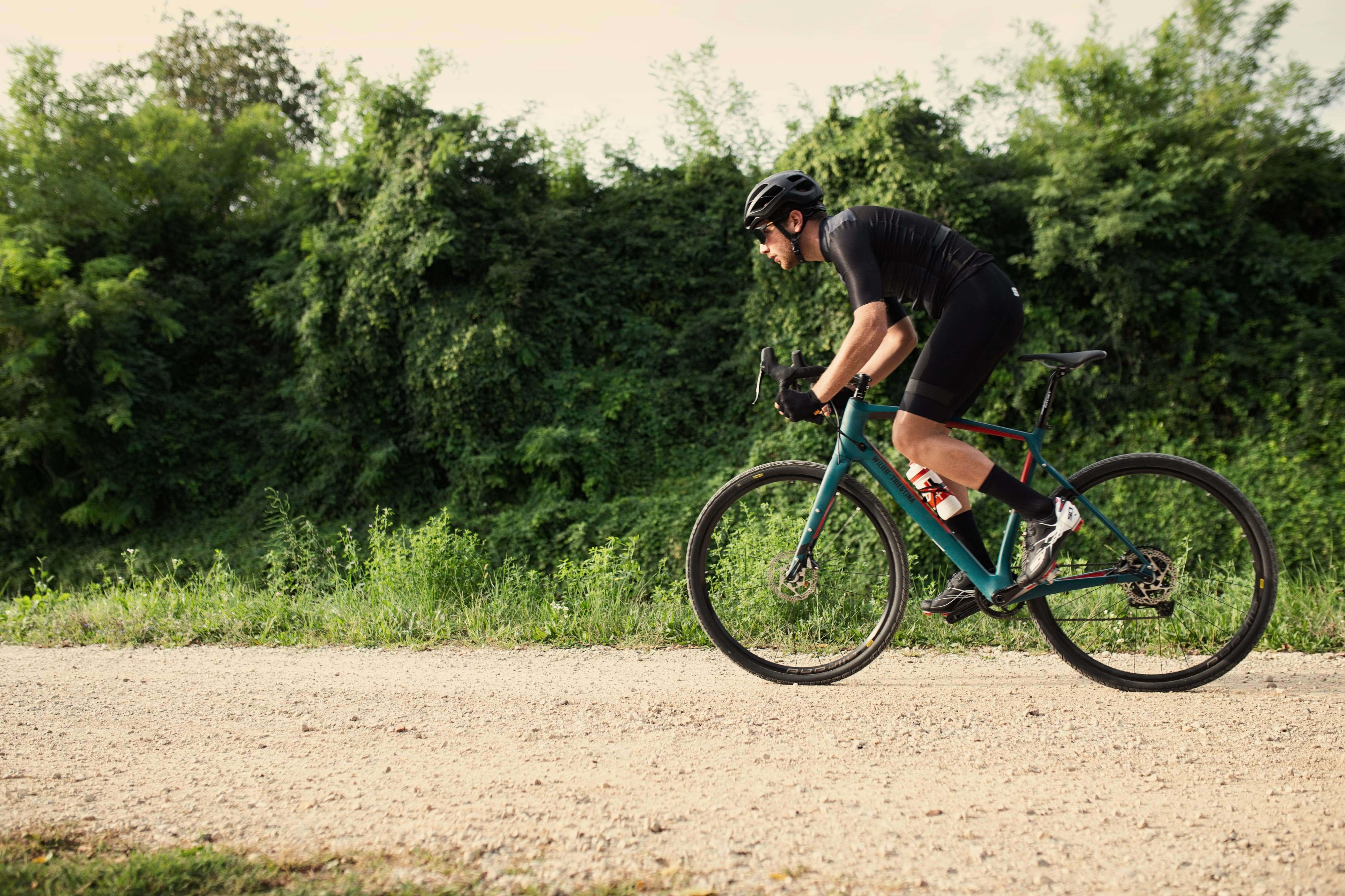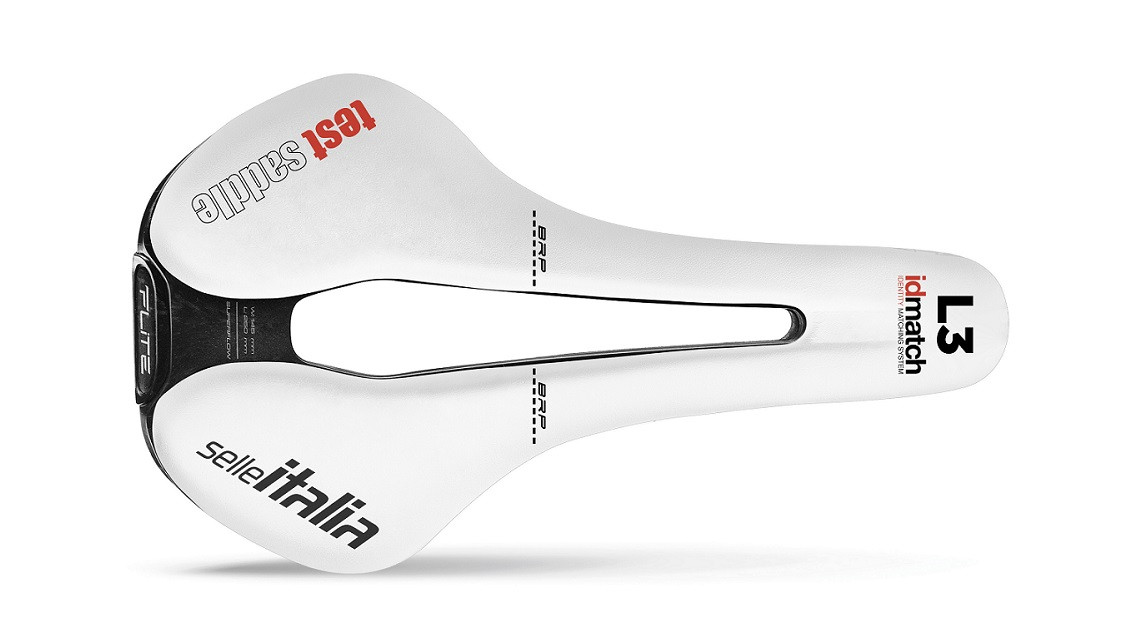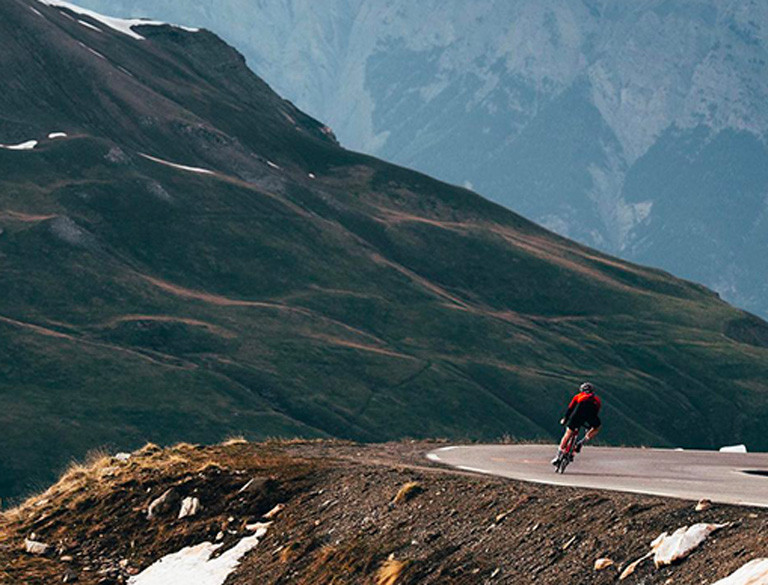RIDING POSITION ON A GRAVEL BIKE

If we analyse a gravel bike in detail we find that it adopts a greater drop between the wheel hub and the bottom bracket to increase stability. It uses a slightly more relaxed steering column angle to distribute less load on the front end, preventing understeer in tight turns on "gravel" and, consequently, a slightly longer rear end, which is also useful for accommodating a wheel with a more generous tyre. Gravel bikes adopt a more open steering angle for a softer, less nervous ride.
The rider has to adapt to these geometries to some extent, while at the same time adopting a position that increases riding safety without compromising speed and comfort.
Firstly it is necessary to reposition the saddle by maintaining the same knee angle as on the road bike but with a different orientation. By adopting a lower and slightly more rearward saddle position you can maintain the same range of knee movement but it becomes easier to put your foot on the ground to correct your trajectory in case of loss of control as frequently happens on gravel or embankments. The slightly longer fork helps reduce the drop between saddle and handlebars, but this feature is very useful for increasing the bike's rideability. A higher handlebar makes the bike much more manoeuvrable, even at low speeds and tight corners.
With regard to the handlebar, it is necessary to choose shapes that increase the safety of the grip when the hand is under the curve. The stresses produced by rough terrain can lead to a loss of contact between the hand and the handlebar with dangerous consequences. Handlebars with a pronounced drop flare (23° - 24°) make it easier to grip the handlebars and at the same time ensure excellent handling.
Even if "amateur road riders" do not like to put their hands under the curve of the handlebars but prefer to keep their hands on the brake levers, on a gravel bike it becomes unavoidable to keep your hands underneath.
For this reason, the handlebars should be positioned higher than on a road bike and slightly forward, but without exceeding the 100 - 110 mm handlebar stem length.
By adopting a setting as described, the trunk will be more extended and aligned with the plane of the pelvis, changing the contact areas between saddle and back. Shorter saddles facilitate movement when standing on the pedals, and generous but extremely light padding ensures optimal seating for the gravel world.









